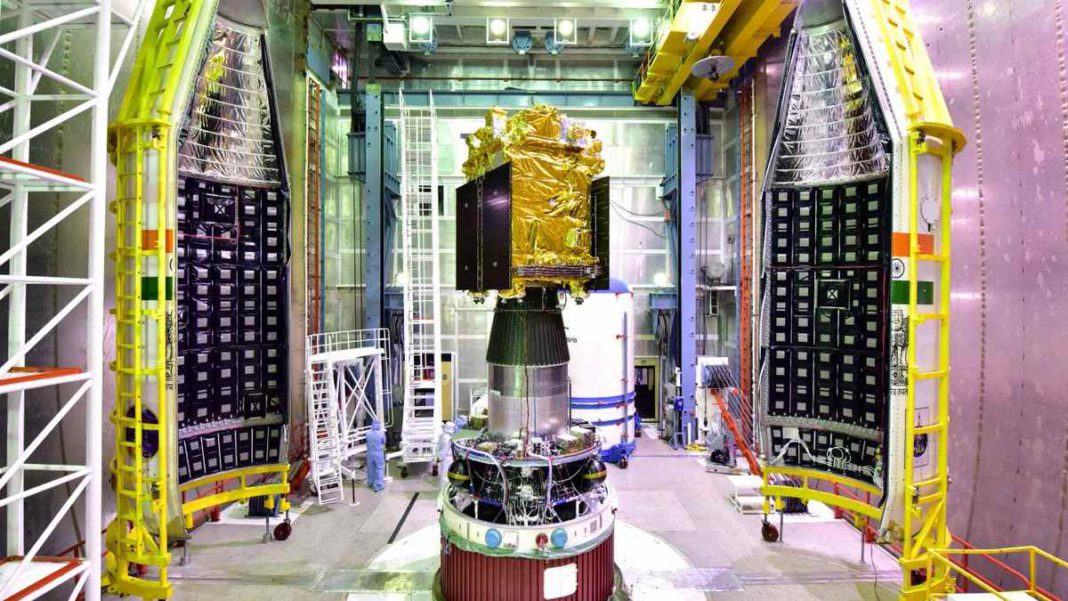INDIA: India’s first observation mission to the Sun, Aditya-L1, has taken off with a blaze of ambition and a team of scientists from the Indian Institute of Astrophysics (IIA), who are leaving no stone unturned to guarantee its success. Among the extraordinary measures taken by the IIA team, one peculiar precaution stands out: no one was allowed to wear perfume.
Aditya-L1, launched on September 2 from the Sriharikota launch pad, aims to study the Sun’s inner workings and unlock the mysteries of our solar system’s central star.
Aditya-L1 mission is a significant milestone in India’s space exploration endeavors, coming hot on the heels of the successful Chandrayaan-3 lunar landing.
However, the IIA team, responsible for the mission’s main payload, the Visible Emission Line Coronagraph (VELC), had to adhere to strict contamination prevention measures. These precautions were necessary to ensure the mission’s sensitive instruments remained free from any interference.
The scientists worked in an ultra-clean room environment, which had to be maintained at a level one lakh (100,000) times cleaner than a hospital Intensive Care Unit.
Even the smallest particles or contaminants could jeopardize the precision of the instruments and the data collected. Hence the prohibition on wearing perfume and the avoidance of medicinal sprays.
Nagabushana S., the technical team head for VELC, highlighted the measures taken, saying, “We used HEPA (high-efficiency particulate air) filters, isopropyl alcohol (99% concentrated), and rigorous protocols to ensure no foreign particles caused disruptions.”
Three ISRO scientists, who had experience working in similarly pristine environments for various satellite projects, acknowledged the extraordinary precautions taken by the IIA team. “Maybe the IIA scientists were taking extra precaution,” one of them remarked.
The Aditya-L1 spacecraft is currently en route to a destination located approximately 1.5 million kilometers (932,000 miles) away from Earth, representing about 1% of the vast distance that separates our planet from the Sun.
Its ultimate objective is to meet up with the Solar and Heliospheric Observatory, positioned at a significant point known as the L1 point. This crucial location was established in 1995 as a result of a collaboration between two major space agencies: the European Space Agency (ESA) and the National Aeronautics and Space Administration (NASA).
The purpose of this collaborative effort was to facilitate comprehensive investigations into the inner workings of our Sun. Aditya-L1 is not only a technological feat but also a testament to the dedication and meticulousness of the scientists and engineers behind it.
Also Read: Chandrayaan-3’s Vikram Lander Detects Natural Seismic Activity on Lunar Surface



